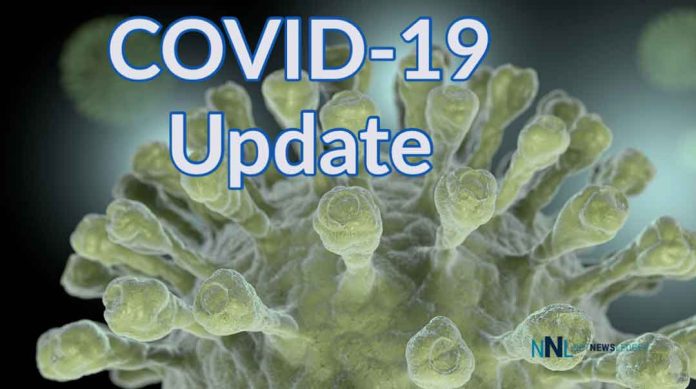Thunder Bay District Health Unit Changes in Communication Strategy
THUNDER BAY – HEALTH – There are, as of November 9, 2023, five Active Publicly Disclosed Outbreaks in High-Risk Settings in the district. There were four new cases of COVID-19 reported to the TBDHU in the past week, and there are thirty individuals in the Thunder Bay Regional Health Sciences Centre.
- Discontinuation of Outbreak Updates: The Thunder Bay District Health Unit has announced a significant shift in its communication policy. The unit will cease issuing media releases or social media posts concerning respiratory (including COVID-19) and gastrointestinal outbreaks in facilities such as public hospitals and long-term care institutions. The TBDHU has not explained why this shift has been made.
WHO Releases 13th Update on COVID-19 Therapeutics
- Guideline Overview: The World Health Organization (WHO) has issued its 13th update on COVID-19 therapeutic guidelines, focusing on patients with non-severe COVID-19.
Updated Hospital Admission Risk Rates for Non-Severe COVID-19
- Less Severe Disease and Increased Immunity: Due to current COVID-19 variants causing less severe illness and higher immunity levels from vaccination, there’s a lower risk of severe illness and death in most patients.
- New Baseline Risk Estimates: The update introduces revised baseline risk estimates for hospital admissions in non-severe COVID-19 cases.
- High Risk: Immunocompromised individuals, with a 6% estimated hospitalization rate.
- Moderate Risk: Includes people over 65, those with obesity, diabetes, chronic conditions (like COPD, kidney or liver disease, cancer), disabilities, and chronic disease comorbidities, facing a 3% hospitalization rate.
- Low Risk: Individuals outside high or moderate risk categories, with a 0.5% hospitalization rate.
Review of Treatments for Non-Severe COVID-19
- Preferred Treatment: WHO strongly recommends nirmatrelvir-ritonavir (Paxlovid) for high and moderate-risk patients, noting its therapeutic benefits and ease of administration.
- Alternative Treatments: For high-risk patients without access to nirmatrelvir-ritonavir, WHO suggests molnupiravir or remdesivir as alternatives.
- Guidance Against Certain Treatments:
- For moderate-risk patients, WHO advises against the use of molnupiravir and remdesivir, citing limited benefits.
- Low-risk patients should not receive antiviral therapy; symptoms can be managed with analgesics like paracetamol.
- WHO recommends against the use of the new antiviral VV116, except in clinical trials.
- A strong recommendation is made against the use of ivermectin in non-severe cases, advising its use only in clinical trials for severe or critical cases.







